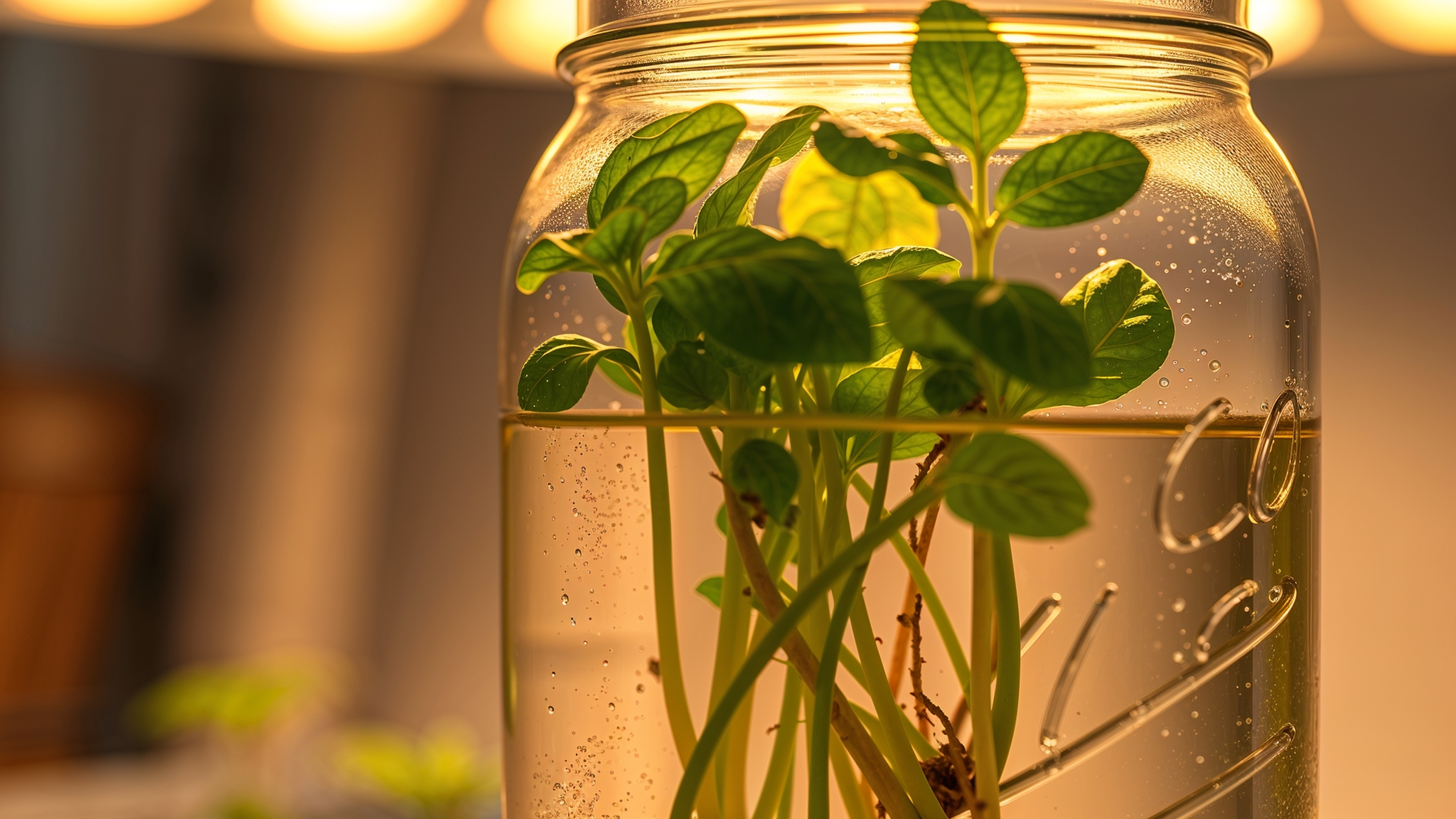Picture this: you’re whipping up a delicious pasta dish, and instead of reaching for that sad, store-bought jar of oregano, you pluck a few fresh leaves from your very own spice cabinet garden. Sounds like a dream? It’s easier than you think! For city slickers with limited space, growing herbs in your spice cabinet is a game-changer. It’s like having a mini farm in your kitchen—minus the dirt and the overalls. In this guide, we’ll show you how to turn your spice cabinet into a lush, green oasis with just a few simple tools and a sprinkle of patience.
Why Bother with a Spice Cabinet Garden?
Let’s face it: store-bought herbs are often overpriced, flavorless, and wrapped in enough plastic to make a sea turtle cry. Growing your own spices indoors is not only a win for your taste buds but also for the planet. Plus, it’s a great way to impress your friends with your urban farming skills. “Oh, this basil? Yeah, I grew it myself. No big deal.”
Getting Started: What You’ll Need
Ready to dive in? Here’s your shopping list for the ultimate spice cabinet garden:
- Mason jars: These are the MVPs of hydroponic gardening. Simply wrap them with old rags or 5 layers of newspaper to block sunlight and prevent algae growth while still allowing you to peek at the roots.
- Plant supports: Get creative with what you have! Cut up pool noodles into rings, modify disposable plastic cups with some holes, or 3D print custom stands. You can even use chopsticks or popsicle sticks to make simple supports. The key is to keep your plants elevated and stable – anything that works is fair game!
- Natural sunlight: Nothing beats natural sunlight for plant growth! If possible, place your jars near a window where it can receive direct sunlight. If natural light isn’t available, grow lights can be used as a backup solution.
- Hydroponic nutrients: The plant equivalent of a protein shake. Use a General Hydroponics (GH) fluid solution, and don’t forget to refresh it every 2-3 weeks.
Picking the Perfect Herbs
Not all herbs are cut out for life in a spice cabinet. Here are the rockstars of indoor hydroponics:
- Greek and Italian Oregano: These guys are tough as nails and pack a flavor punch that’ll make your dishes sing.
- Basil: The overachiever of the herb world. It grows fast, smells amazing, and tastes even better.
- Thyme: Small but mighty, thyme is perfect for tight spaces and adds a subtle earthiness to your cooking.
- Sage: It’s a slow grower, but trust us—it’s worth the wait. Its unique flavor and aroma are a chef’s secret weapon.
Keeping Your Herbs Happy
One of the best things about a spice cabinet garden is how low-maintenance it is. Here’s how to keep your green babies thriving:
- Refresh the nutrient solution: Every 2-3 weeks, give your jars a good rinse and swap out the GH fluid. Top off with water as needed to keep things balanced.
- Light it up: Your plants need 12-16 hours of light daily. Adjust the height of your lift stands to make sure everyone gets their fair share of sunshine.
- Prune like a pro: Regular trims will keep your herbs bushy and prevent them from turning into a jungle.

Why This is Perfect for City Life
Living in the city often means sacrificing space, but a spice cabinet garden lets you make the most of what you’ve got. It’s a clever way to use vertical space, and it’s so easy to maintain that even the busiest urbanite can handle it. Plus, it’s a small but mighty step toward a more sustainable lifestyle—no plastic packaging, no carbon footprint, just fresh, homegrown goodness.
About the Author
Richard Peiheng Zhu is FreeBonde’s lead urban agriculture specialist, with over 5 years of experience designing small-space gardening systems. He’s also a hydroponics expert, content creator, serial entrepreneur, and a member of Mensa Sweden and the Swedish Association of Inventors (SUF). Basically, he’s the guy you want on your team when it comes to urban farming.
About FreeBonde
FreeBonde is on a mission to help city dwellers live healthier, more self-sufficient lives by creating smart gardening tools that make sustainable living a breeze.
Tags: urban farming, hydroponics, spice cabinet garden, indoor gardening, sustainable living, low-maintenance gardening
